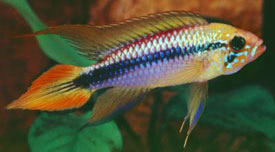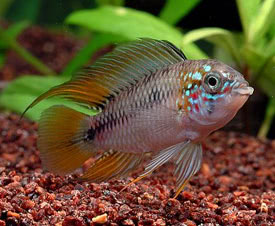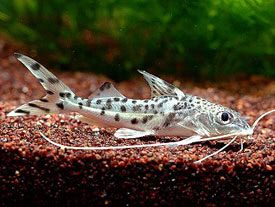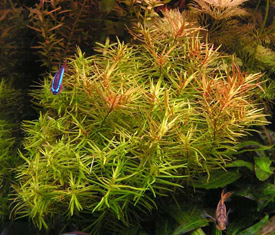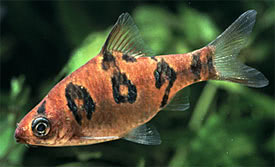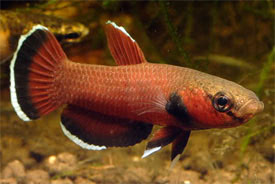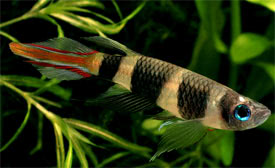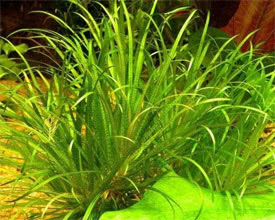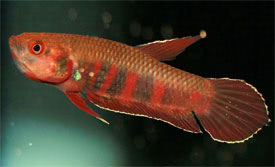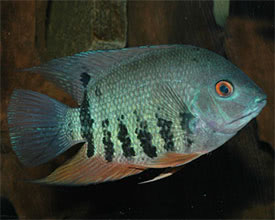
 Magyarul / Hungarian
Magyarul / Hungarian


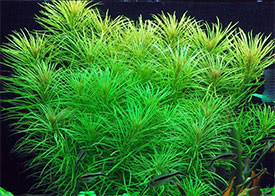
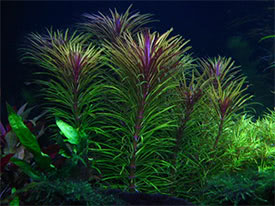
- Scientific name: Pogostemon stellata
- Synonym: Anuragia stellata, Anuragia tomentosa, Anuragia verticillata, Dysophylla benthamiana, Dysophylla esquirolii, Dysophylla fauriei, Dysophylla japonica, Dysophylla ramosissima, Dysophylla stellata, Dysophylla tomentosa, Dysophylla verticillata, Eusteralis pumila, Eusteralis stellata, Eusteralis tomentosa, Mentha stellata, Pogostemon benthamianus, Pogostemon fauriei, Pogostemon japonicum, Pogostemon verticillatus, Pogostemon verticillatus
- Common name: Water star
- Family: Lamiaceae
- Group: Aquarium plants
- Max height: 15-30 cm
- Distribution: Asia; Japan, China, Taiwan, Malaysia and Australia
- Habitat: Found in stagnant, shallow pools, rice paddies and marshes.
- Substrate: Nutrient rich substrate
- Placement in aquarium: Background, midground and foreground.
- Planting density: 2-3 plants for 20 cm2
- Lighting needs: Bright to very bright
- Temperature: 22-28 °C
- pH: 5.5-6.8
- Hardness: 1-10 NK°
Description: Water star have an extensive geographic distribution therefore there are many different color and leaf forms of this plant in the wild. A decorative, fast-growing plant which, for heathy growth, requires a very high light intensity, constant CO2 supply, and a nutrient-rich substrate. Under low lighting conditions the stems have a tendency to shed leaves. Even under optimum growth conditions, the cultivated specimens will not reach the size of the wild ones. If growing conditions and nutrient levels change too fast, the plant often stunts and produces new side shoots from the top. When both nitrate (5-20 mg/l) and phosphate (0.2-2 mg/l) levels are high enough, Pogostemon stellata will have green leaves, however under lower levels of these nutrients the leaves will have purple to orange colorations. Water star is also an excellent indicator of iron and micronutrients, as the leaves turn yellow to white under deficiency of these elements.
Propagation is possible through cuttings, after separation of the shoot apex, numerous lateral shoots will develop on the one remaining in the substrate, and the plant become more bushy. The thick and fleshy stem will break off easily during the planting procedure, so care is required. In order to prevent the shoots from impeding each other’s growth, they should be planted individually and spaced out in the substrate.























